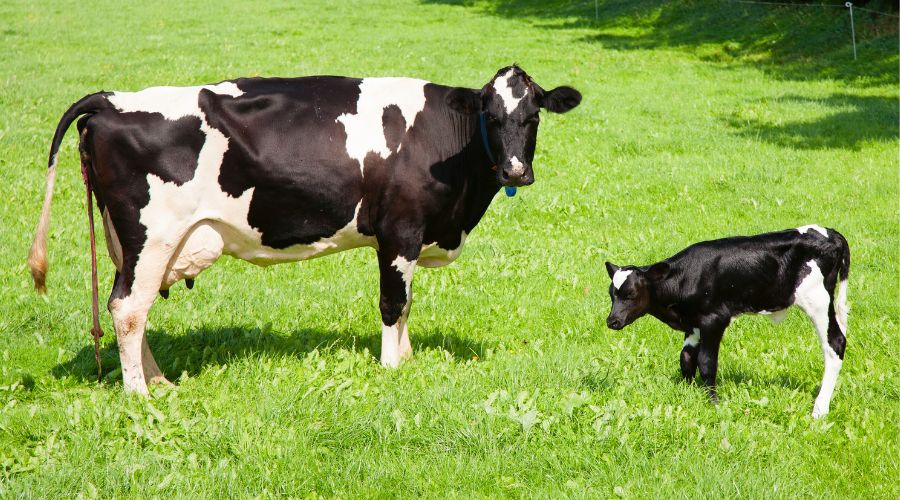Everything you need to know about pain management
20th August 2024
Katie Binks, of Westpoint Farm Vets, explains the impacts of pain on cattle and sheep productivity, and when you should offer pain relief.

To maximise welfare and productivity among our animals, we need to be able to promptly recognise the signs of pain, recognise which procedures require pain relief to aid recovery, and give treatment accordingly.
Ongoing pain in these cattle and sheep can lead to inappetence, reduction in daily live weight gain and, in cattle particularly, a decrease in body temperature.
All these things can lead to a decrease in production, whether that be lambs not reaching target weight as quickly, or dairy cattle dropping their milk yield.
Whatever this decrease in productivity looks like for you, we want to prevent this as far as possible, to help maximise gain from your stock.
How to recognise pain
Recognising pain may be the first hurdle associated with providing pain relief. Sheep and cattle are both stoic animals; they try very hard to conceal pain from possible predators.
Both species may show more obvious signs of pain – for example if they have sore feet, they may struggle to bear weight on the affected limb.
But they may also show subtle behavioural changes, such as removing themselves from the herd or flock, not chewing their cud, not enjoying their feed as they usually might or lying down more frequently than usual.
READ MORE: Steps to protect national flock health highlighted at NSA Sheep Event
READ MORE: Farmers warned of potential risk to livestock posed by fusarium and ergot in grain
When to use pain relief
A few good rules of thumb would be – if you are thinking of treating an individual with antibiotics – e.g. for foot rot, mastitis, pneumonia, etc – then it is always wise to give some pain relief alongside.
It’s important to note that animals must be well hydrated to receive non-steroidal anti-inflammatories (NSAIDs).
Once on board, they can help the antibiotic do its job a little better, and make the animal feel brighter in the process – possibly helping them regain their drive for food or water.
Mastitic cows treated with NSAIDs have been shown to have improved dry matter intake and rumen contraction rates.
NSAIDs can also help bring down a fever – which can often make the animal sicker than the condition itself.
This leads on nicely to my last rule of thumb – if you can imagine the condition causing you some form of pain – then it probably will the animal.
Benefits of NSAIDs
Sometimes, a bit of pain relief might be enough to get an animal going again. A study has shown that 25% of calves with fever recovered with just NSAID therapy and monitoring with no detrimental effect.
A calf that’s not quite itself after banding, castration or disbudding may also benefit from pain relief.
NSAID use at disbudding has been associated with 100g/day weight gain for 15 days in comparison to untreated calves.
Calves treated with NSAIDS at disbudding or castration have lower levels of stress hormones in the blood.
Sometimes cases do need antibiotics, but a bit of pain relief in the first instance, if there are no obvious signs of infection such as pus or swelling, could reduce clinical signs.
This is especially important if we are looking to minimise our use of antibiotics to help slow resistance, so that these products are available to us when we truly need them.
Pain relief options
Just to map out the pain relief options available to us; let’s start with cattle. We have a few products available to us that are licensed for use in cattle, which include meloxicam, ketoprofen or carprofen.
Withhold periods vary (and the datasheet should be consulted to determine this).
There are also water-soluble aspirin products, which can be helpful in medicating large groups such as calves to reduce the effects of stress-related immunosuppression.
When it comes to sheep, goats and camelids there are no licensed products that are used for pain relief, but vets use a process called the Cascade to justify their use, given how important it is to mitigate pain in these species too.
References available on request.
Read more livestock news.
